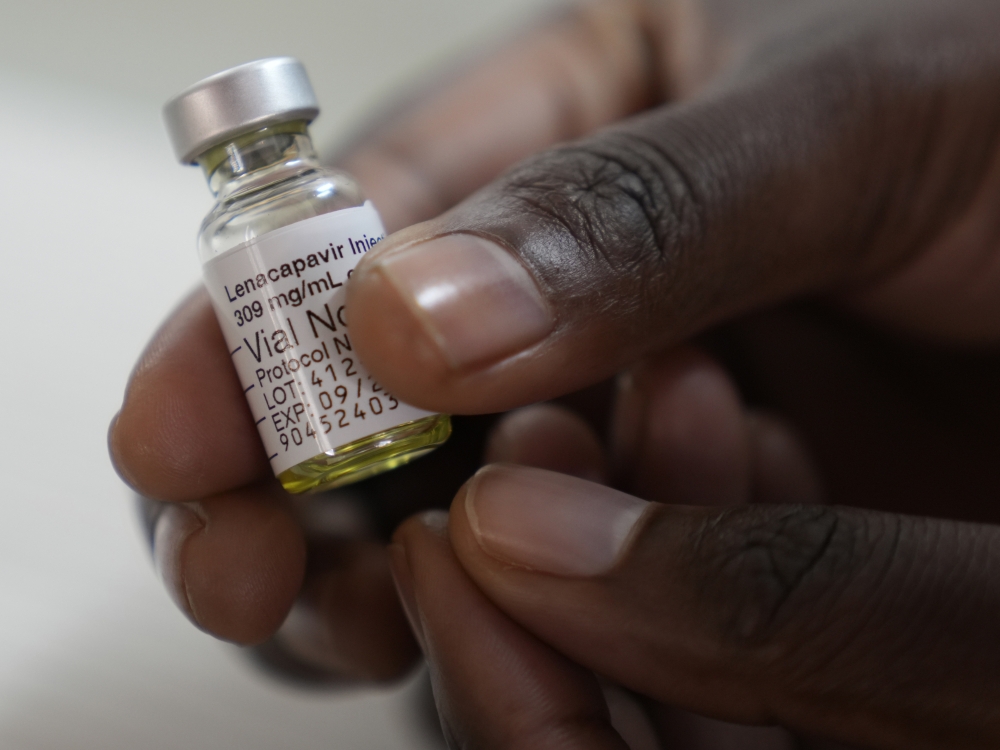Instead of film, as is in digital cameras, they have a sensor that converts light into electrical charges.

Instead of film, as is in digital cameras, they have a sensor that converts light into electrical charges. The image sensor employed by most digital cameras is a charge coupled device (CCD). Some cameras use complementary metal oxide semiconductor (CMOS) technology instead. Both CCD and CMOS image sensors convert light into electrons. A simplified way to think about these sensors is to think of a 2-D array of thousands or millions of tiny solar cells. Once the sensor converts the light into electrons, it reads the value (accumulated charge) of each cell in the image. This is where the differences between the two main sensor types kick in; A CCD transports the charge across the chip and reads it at one corner of the array. An analog-to-digital converter (ADC) then turns each pixel’s value into a digital value by measuring the amount of charge at each photosite and converting that measurement to binary form. On the other hand, CMOS devices use several transistors at each pixel to amplify and move the charge
using more traditional wires.
Differences between the two types of sensors lead to a number of pros and cons; CCD sensors create high-quality, low-noise images. CMOS sensors are generally more susceptible to noise. Because each pixel on a CMOS sensor has several transistors located next to it, the light sensitivity of a CMOS chip is lower. Many of the photons hit the transistors instead of the photodiode. CMOS sensors traditionally consume little power. CCDs, on the other hand, use a process that consumes lots of power. CCDs consume as much as 100 times more power than an equivalent CMOS sensor. CCD sensors have been mass produced for a longer period of time, so they are more mature. They tend to have higher quality pixels, and more of them. Although numerous differences exist between the two sensors, they both play the same role in the camera they turn light into electricity.
There are lots of things to consider when choosing a CCD camera, and it can be a confusing process. As described below, your choice of camera will partly depend upon the quality of your imaging site, as well as your telescope. This is not meant to be a comprehensive review of the subject, but if you read through it carefully, I think that you will have a good understanding of the more important issues. Image resolution is largely related to a characteristic of your system known as "image scale,” expressed as arc seconds per pixel. For simplicity’s sake, let us ignore the influence of your optics and tracking on image resolution, although these factors are obviously important as well. The image scale of your system is dependent upon only two factors- your CCD camera’s pixel size, and your telescope’s effective focal length. A low number for image scale (like 0.5 arcsec/pixel) means high resolution, and a high number for image scale (like 10 arcsec/pixel) means lower resolution. This makes sense- if 10 arcsec w
orth of data are represented by only one pixel, you have essentially crammed all of that detail into one point! Calculation of image scale (in units of arcsec/pixel) is easy: 206 x pixel size (in microns) / effective focal length (in mm).
Regardless of your image scale, however, the best resolution that you can achieve is still limited by your seeing conditions (as well as optics and mount). For instance, in my imaging location, seeing is typically around 3.5 arcseconds FWHM (full width at half maximum, which refers to the width of the star profile measured at 1/2 the maximum pixel intensity of that star). This means that the best that I could resolve is only around 3.5”/pixel. So what is the best image scale to aim for (in other words, what pixel size should we want in our CCD camera, for a given focal length telescope)? Surprisingly, it’s not 3.5”/pixel at my site. The Nyquist theorem suggests that in order to efficiently record this information and convert it into digital format, our system should be sampling the image more aggressively, by operating at an image scale of about 1/3 times the seeing capacity. This means that the CCD camera/scope combination should ideally have an image scale of 1.17”/pixel, in order to take full advantage of
my (suboptimal) seeing conditions and produce a final resolution of approximately 3.5”/pixel. (to be Cont’d)




